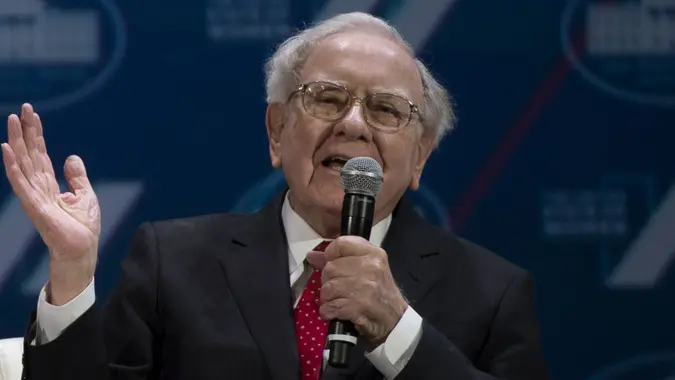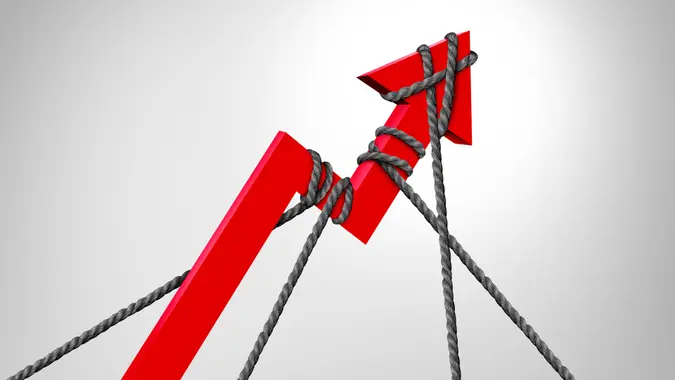6 Jobs From the 1950s That Are Practically Obsolete Today

Commitment to Our Readers
GOBankingRates' editorial team is committed to bringing you unbiased reviews and information. We use data-driven methodologies to evaluate financial products and services - our reviews and ratings are not influenced by advertisers. You can read more about our editorial guidelines and our products and services review methodology.

20 Years
Helping You Live Richer

Reviewed
by Experts

Trusted by
Millions of Readers
The American workforce looked very different in the 1950s. Some jobs were so common, you couldn’t imagine a world without them. But once technology improved and daily life sped up, many of those roles quietly faded out.
Here are six jobs that were once a regular part of American life but are now nearly obsolete.
Milkman
While some dairies still drop milk at the doorstep, it’s the exception, not the norm. But in the 1950s, home delivery was how most families got their milk. Over half of all milk sold in the U.S. came straight to people’s homes by way of the milkman.
By the mid-1970s, home delivery had greatly declined, making up only a small share of sales. It continued to decrease over the next several decades, and by 2005, hardly any families were relying on the milkman.
Gas Station Attendant
Back in the day, people would pull in to a gas station, remain in their car and wait for the attendant to pump their gas. It wasn’t just about fuel though. The attendants checked the oil, cleaned the windshield and gauged tire pressure. Full service was expected.
And although self-service gas stations first appeared in the late 1940s, they didn’t catch on until the 1970s when higher labor costs and rising gas prices pushed stations to make the change. Today, you’ll be hard pressed to find a full-service gas station in the U.S. unless you’re in New Jersey.
Typist
In the days of paper memos and carbon copies, businesses relied on trained typists to keep things moving. Some companies had entire typing pools filled with workers handling documents all day. Most were women, and many had gone to typing school just to land the job.
Once computers and word processing software became standard, businesses no longer needed someone to handle typing as a standalone task, and they no longer needed typewriters.
Elevator Operator
The idea of needing a person just to run an elevator sounds odd, but for decades, it was the norm. Riders didn’t press the buttons. Instead, they told the operator the floor they wanted to go to, and the operators used hand cranks to control the car’s movement.
While automated elevators were a thing by 1900, by 1950, most new elevators still weren’t automatic. However by 1959, nearly all new installations were self-operating, and the need for elevator operators has become practically obsolete today.
Motion Picture Projectionist
Motion picture projectionists played a much more active role in the films America watched than most people today realize. They didn’t just start the movie and leave. They handled highly flammable nitrate film, completed reel changeovers about every 20 minutes, and monitored the projection equipment during the film.
In 1950, more than 26,000 people worked in this role. Once theaters made the switch to digital, most of that hands-on work disappeared. By 2023, only about 10% of projectionists remained on the job.
Telephone Switchboard Operator
Kids today would have a hard time believing that, decades ago, another human being had to physically connect a phone call. But that’s exactly how it worked. You picked up the receiver, an operator answered and she patched you through by plugging a cord into the right slot.
In the 1950s, hundreds of thousands of people worked the job. However, automated dialing and digital telecommunications have now rendered old-fashioned telephone switchboard operators obsolete.
More From GOBankingRates
 Written by
Written by  Edited by
Edited by 

























